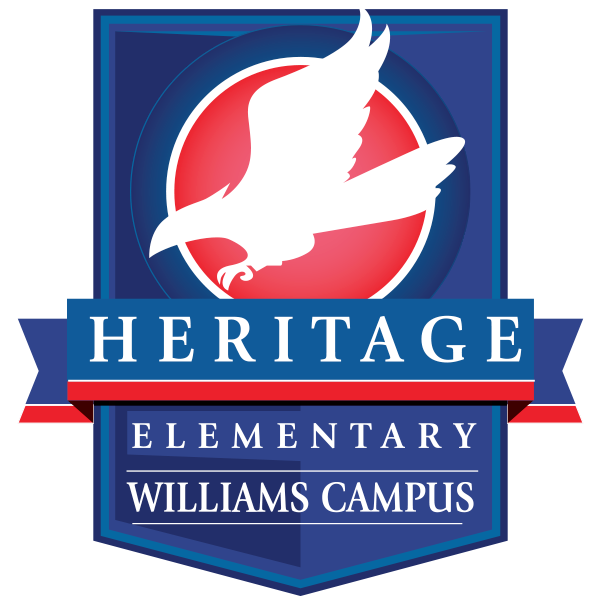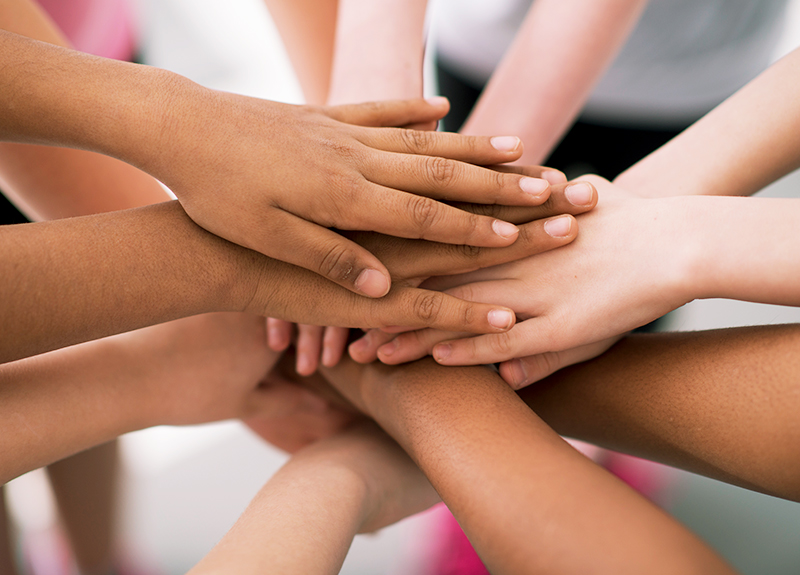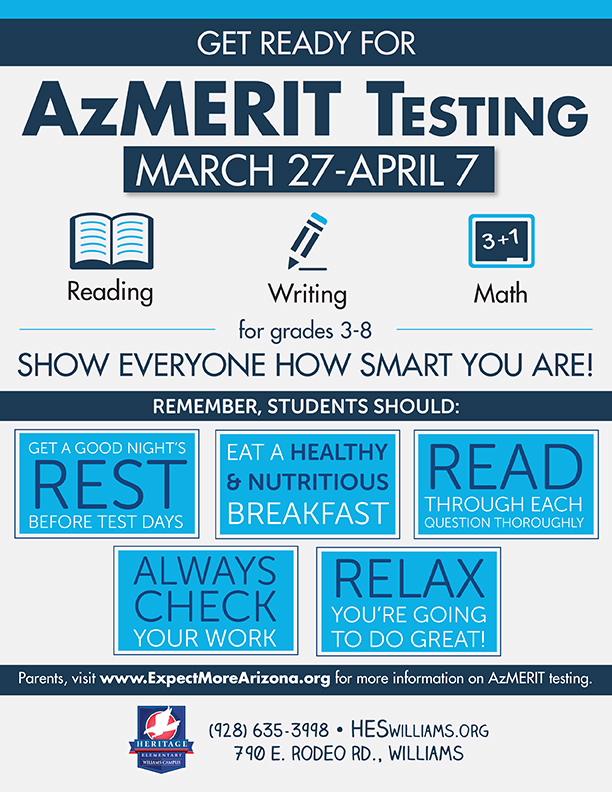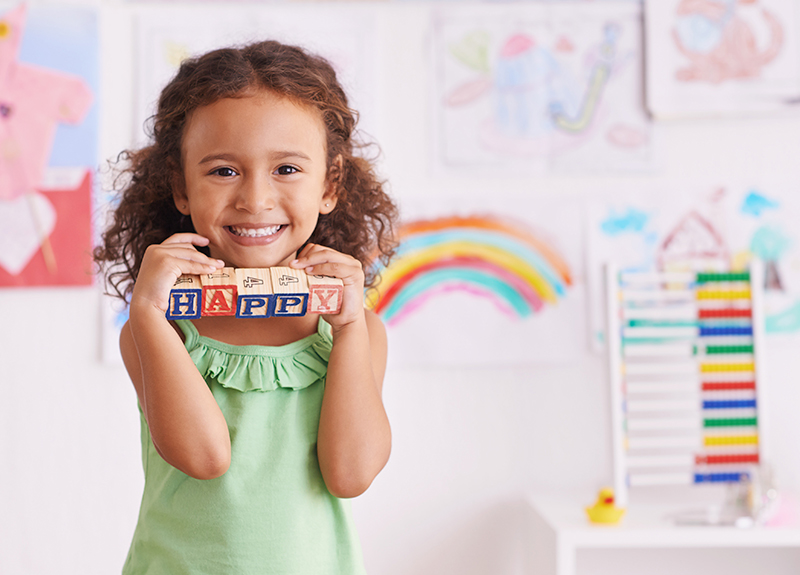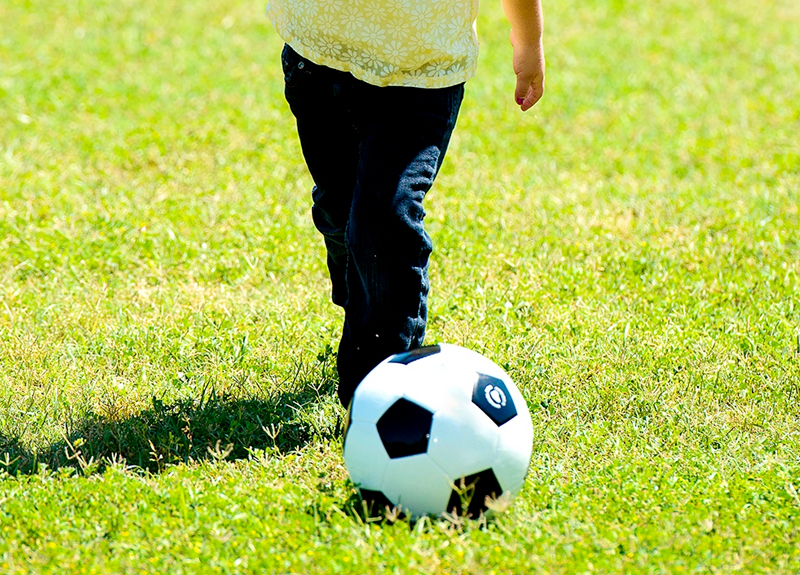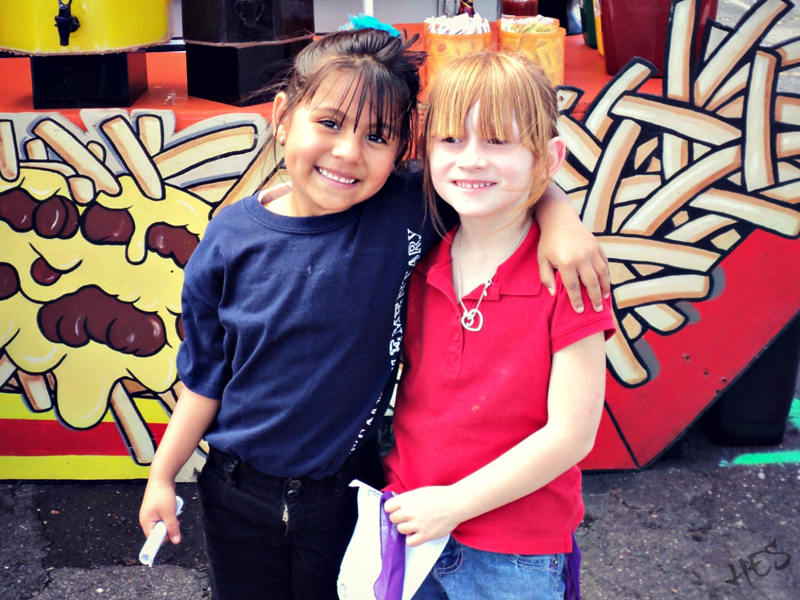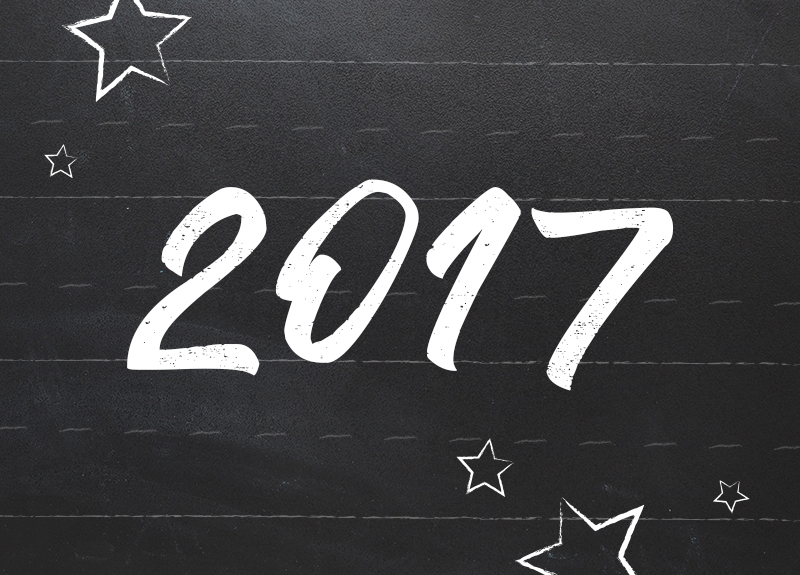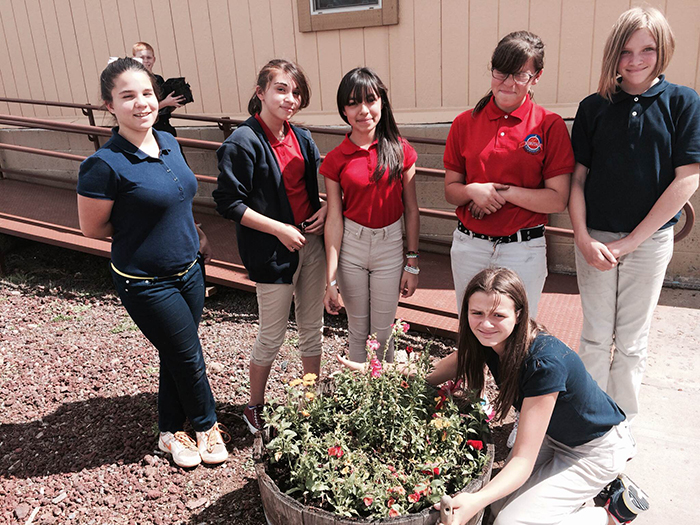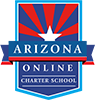February is Black History Month, the evolution of which has an interesting history of its own, and dates back to the end of the Civil War.
From March 27-April 7, students in grades 3-8 will be tested on their proficiency in reading, writing, and math when they take the AzMERIT Test. Ensure your student is prepared with these simple tips and visit Expect More Arizona for additional information.
Providing high-quality early childhood education is essential for a strong academic foundation, and begins with full-day kindergarten.
Each year, we give and receive cards on Valentine’s Day, and see the heart-shaped boxes of candy in stores, but where did these traditions come from? Who was Saint Valentine and why do we devote a day to him?
Getting a child involved in sports has positive physical, psychological, and social effects, although, not every kid is interested in playing sports for a variety of reasons. Some kids are shy, some lack self-esteem, some have physical obstacles to overcome, some may not be disciplined enough, some may be short on patience or perseverance. Those are all valid issues. There is, however, one thing that addresses them all: participation in sports.
There was a time when video cameras were extremely expensive, enormously bulky, and a rarity for the average person. It’s only in the last 10-15 years that photos and video became ubiquitously available to everyone via phones and tablets, and that’s a fortunate and fun development for kids.
Many people start each year by making New Year’s resolutions. As adults, we often resolve to do something on January 1, and then feel we’ve failed if we don’t follow through as the year progresses. Resolutions are a wonderful idea at any age, although, if adults have difficulty keeping them, children may find resolutions even more troublesome. How can parents introduce children to the idea of New Year’s resolutions, without pressuring them or setting them up for failure?
Adults often use the end of the year as a time to take stock; to see what went right and wrong during the previous 12 months. Evaluating the past can be useful for kids as well as adults. Parents and children can discuss events of the past year to determine a course for the future.
Good citizenship is a value which children will carry with them into adulthood. Most schools do not integrate the Six Pillars of Character—trustworthiness, respect, responsibility, fairness, caring and citizenship—into their curriculum as we do at Heritage Elementary School. These values are crucial to the development of happy and responsible children who will become quality citizens as adults.
Did you know you can donate up to $200 for a single person or $400 for a joint return to this school and get a school tax credit on your 2016 taxes? Download the form here.
There are too few occasions in which parents can have fun with their children while teaching them valuable life lessons. October 28 will be one of those opportunities.
Our annual celebration of autumn takes place on Friday, October 21, from 5-7 p.m. Join us for an evening of games and prizes at this fun family event.
